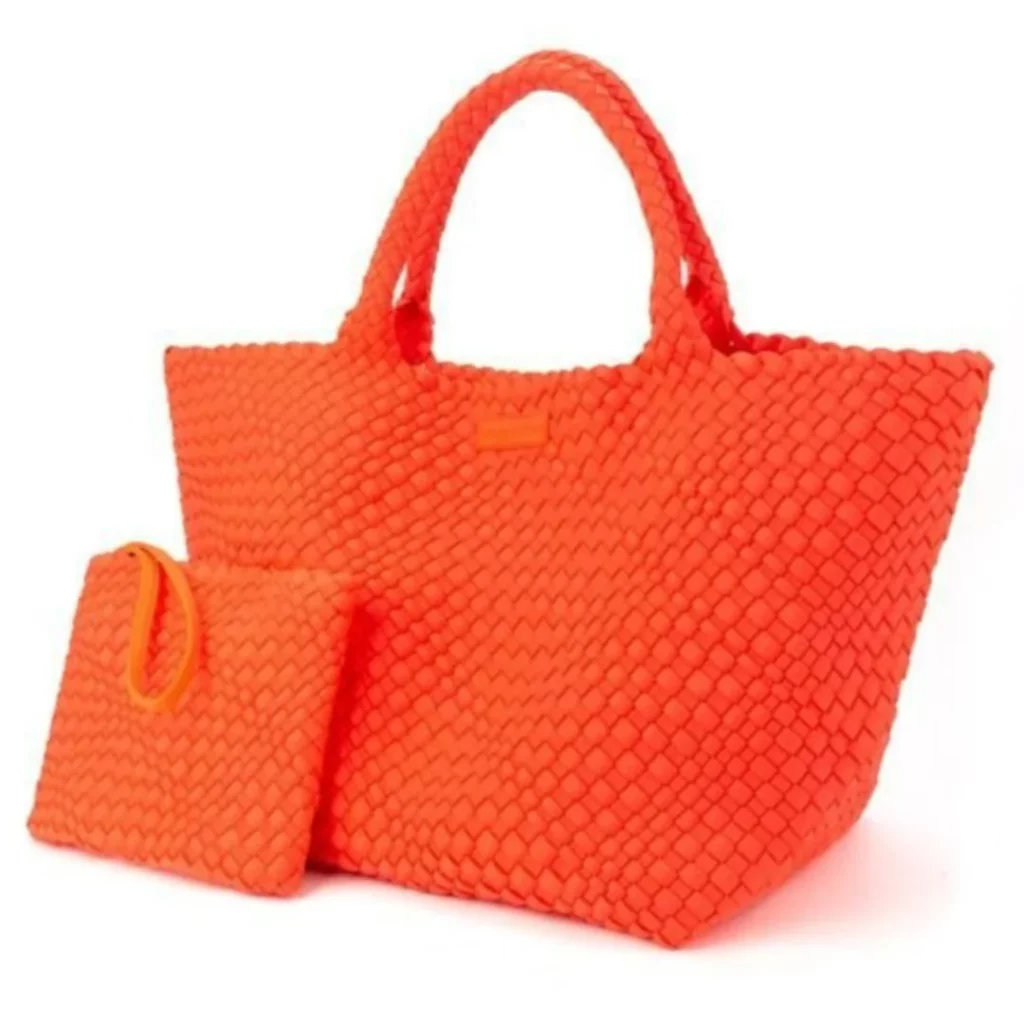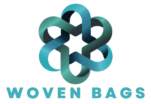Introduction
In a world that’s increasingly leaning toward sustainability and durable materials, woven bags have carved out a solid niche for themselves. Whether you’re carrying groceries, transporting industrial materials, or promoting an eco-conscious brand, woven bags offer the perfect balance of strength, reusability, and cost-effectiveness.
But not all woven bags are created equal.
From agriculture to fashion, and from retail packaging to heavy-duty industrial applications, woven bags come in various types, each tailored for a specific use. In this blog, we’ll explore the different types of woven bags, their characteristics, and why they’re such a versatile solution in today’s world.
What Are Woven Bags?

Before diving into the types, let’s quickly cover what woven bags actually are. Woven bags are made by weaving strips of synthetic fabric—usually polypropylene (PP) or polyethylene (PE)—together to form a strong, durable structure. The weaving process creates a mesh-like texture that offers excellent tensile strength and durability, making these bags capable of holding heavy or bulk items.
Due to their strength and reusability, woven bags are widely used in agriculture, construction, retail, logistics, and even fashion.
1. PP Woven Bags (Polypropylene Woven Bags)
PP woven bags are the most commonly used type in industries worldwide. These are made from woven polypropylene strips, which provide high strength, flexibility, and resistance to tearing.
Characteristics:
- Lightweight yet strong
- Resistant to moisture, chemicals, and abrasion
- Recyclable and reusable
- Cost-effective
Uses:
PP woven bags are widely used for packing food grains, animal feed, sugar, sand, cement, fertilizers, and more. Because of their ability to carry large volumes without tearing, they’re ideal for industrial and agricultural purposes.
Some variants include laminated PP woven bags, which have an additional film layer for enhanced moisture protection.
2. BOPP Woven Bags (Biaxially Oriented Polypropylene)
BOPP woven bags are essentially PP woven bags with a printed BOPP film laminated on the surface. This makes them ideal for applications where visual appeal and branding are important.
Characteristics:
- Excellent print quality (high-definition graphics)
- Glossy or matte finish
- Moisture and UV resistance
- Durable and long-lasting
Uses:
BOPP woven bags are commonly used for pet food, seeds, cement, fertilizers, and branded retail packaging. They help brands stand out on the shelf with attractive, full-color printed designs while still offering the durability of a woven structure.
3. Woven Sacks (Industrial and Agricultural Use)
Woven sacks are large, industrial-strength bags designed to carry bulk materials. These are typically made from coarse PP or PE fibers, stitched at the bottom, and sometimes have a liner.
Characteristics:
- Can carry 10 kg to 100 kg+
- Available with or without liners
- Water-resistant options available
- Affordable and easy to transport
Uses:
They’re widely used in industries for storing cement, grains, fertilizers, sand, coal, and even construction debris. In agriculture, they’re essential for bulk handling and transport of harvested crops or seeds.
Some variants include:
- Valve-type woven sacks (common in cement packaging)
- Gusseted woven sacks for a square, stackable shape
4. Reusable Woven Shopping Bags
As the world shifts away from single-use plastics, reusable woven shopping bags have gained huge popularity. These are made from woven PP or recycled materials and are designed to be stylish, functional, and eco-friendly.
Characteristics:
- Lightweight and foldable
- Strong enough to hold groceries or clothes
- Washable and reusable
- Customizable with logos and branding
Uses:
These bags are a staple in grocery stores, supermarkets, trade shows, and promotional events. Businesses often brand them for marketing, while consumers love them for their practicality and durability.
5. Laminated Woven Bags
Laminated woven bags are PP woven bags with an extra layer of lamination, usually made from PE or BOPP film. This layer improves the bag’s water resistance and printability.
Characteristics:
- Smooth surface for printing
- Water and dust-resistant
- Increases durability and shelf life
- Suitable for outdoor storage
Uses:
These are ideal for food grains, flour, rice, sugar, and animal feed, as well as products that need to be protected from environmental exposure. Laminated woven bags are often used in areas with high humidity or where long-term storage is required.
6. Jumbo Bags (FIBC – Flexible Intermediate Bulk Containers)
Jumbo bags, also known as FIBCs, are the heavyweights of the woven bag world. These massive bags are used to transport bulk materials and can carry weights ranging from 500 kg to over 2,000 kg.
Characteristics:
- Made of thick woven PP
- Usually feature lifting loops for cranes/forklifts
- Can be custom-sized
- Available in U-panel, circular, or baffle types
Uses:
Common in industries like mining, construction, chemicals, and agriculture, FIBCs are used to transport grains, powders, minerals, plastic granules, and even hazardous materials. Some FIBCs include liners for moisture-sensitive contents.
7. Woven Promotional or Fashion Bags
In recent years, designers and brands have started using woven materials for fashion and promotional bags. These bags merge style with sustainability, often incorporating vibrant designs and unique textures.
Characteristics:
- Eye-catching and trendy
- Durable yet lightweight
- Eco-friendly message
- Highly customizable
Uses:
These are ideal for brand giveaways, boutique packaging, fashion accessories, and eco-lifestyle products. They show that woven materials aren’t just for industrial use—they can be high-end, too.
8. Sandbags and Flood Control Woven Bags
Woven polypropylene bags are also used in disaster management and military operations, particularly for flood control and erosion prevention.
Characteristics:
- UV-resistant options available
- Can be filled and sealed easily
- Strong under pressure
- Biodegradable options for environmental use
Uses:
Used by governments, military, and emergency response teams, woven sandbags are placed along riverbanks, levees, and flood zones. They’re also used in landscaping and soil stabilization projects.
Also Read: Understanding the Types of FIBC Bags and Their Best Uses
Conclusion
From heavy-duty industrial use to chic, eco-friendly tote bags, woven bags have become indispensable across industries. Their strength, reusability, cost-effectiveness, and customizability make them a favorite in both commercial and personal spaces.
As the world becomes more environmentally conscious, the demand for sustainable packaging solutions like woven bags is only expected to rise. Whether you’re a business owner looking for reliable packaging or a consumer wanting to reduce plastic waste, woven bags offer the perfect solution.
Understanding the different types helps you make informed choices—whether you’re selecting materials for your business, packaging products for resale, or shopping with a greener mindset.
